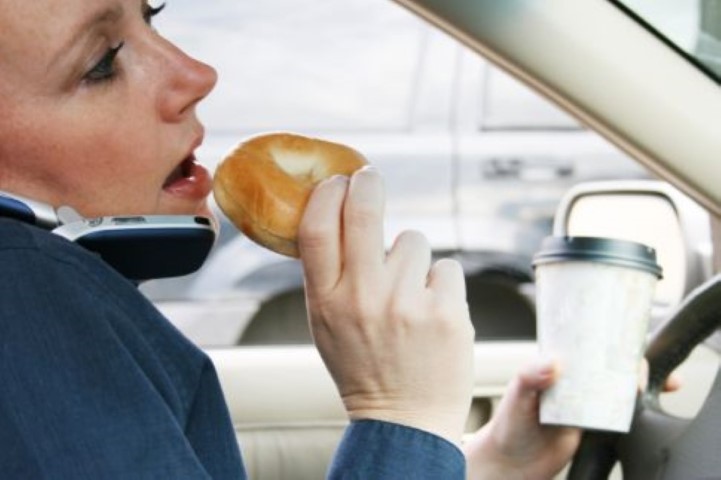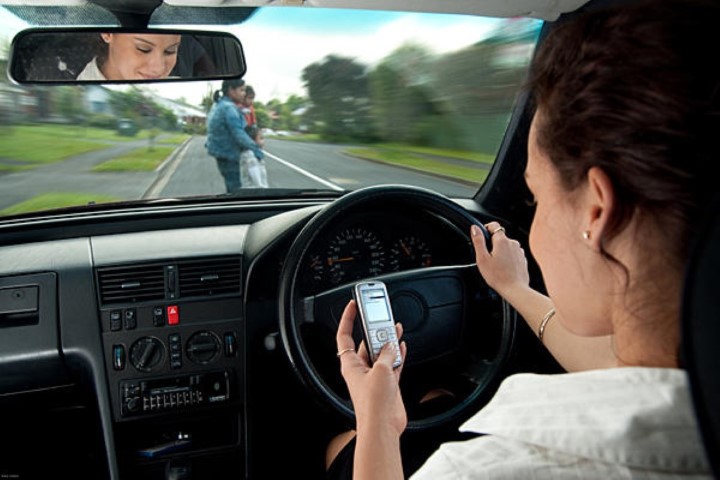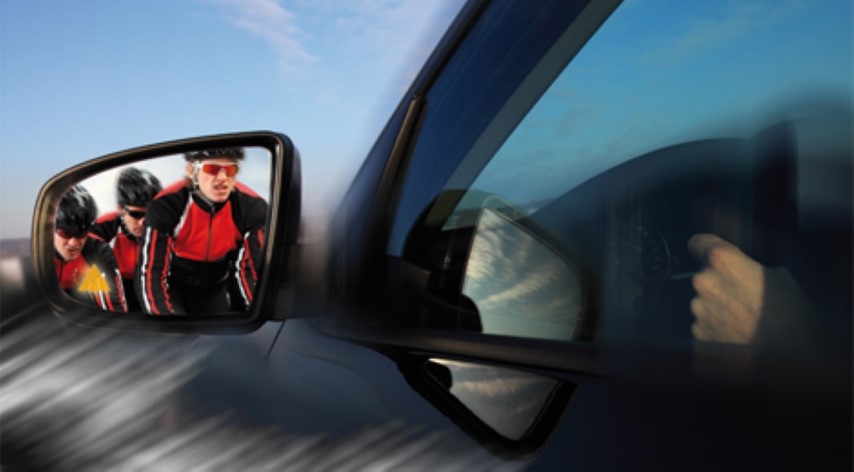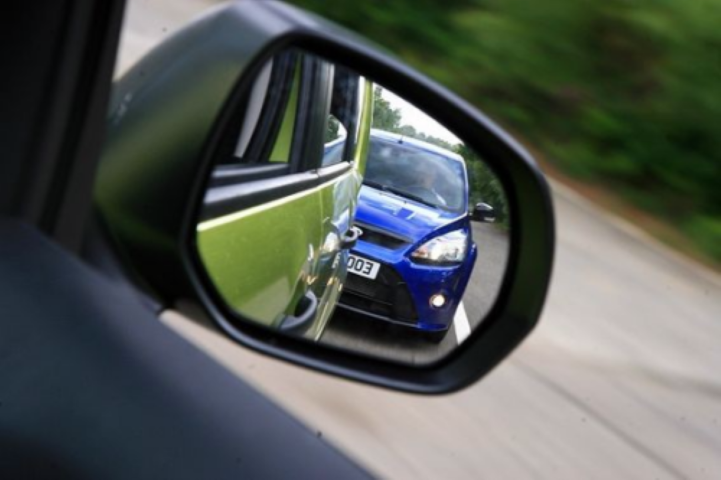6 Bad Driving Habits to Break Today
- Written by
- Published in News
- font size decrease font size increase font size
- Be the first to comment!
All bad personal habits don’t affect the lives of others. Bad driving habits, however, negatively affect every driver on the road and add unnecessary danger to their lives.
Whether it’s a lead foot or the inability to put your smartphone down, everyone has a vice when they are behind the wheel. Laws have been put in place to deter drivers from offenses, but some people will continue their bad habits until something bad happens—which could be too late.
Do your part to make the road a safer place. Here are six bad driving habits to break today:

Distracted Driving
Distracted driving has become such an issue in North America, which has led to the U.S. government building an official website for distracted driving in order to educate drivers of all ages. Texting, eating, grooming, applying makeup—the list of distractions is long, but they all have one thing in common: they endanger the lives of drivers, passengers, other motorists, cyclists and pedestrians.
There are three main types of distraction: manual, visual and cognitive. Texting is viewed as the worst of all distractions because it disturbs all three. Remember: One text or call could wreck it all.

Not Checking Blind Spots

No matter what angle you adjust your side and rearview mirrors, there will always be a blind spot to manage. Many drivers believe they don’t need to turn and look, but changing lanes without quickly checking your blind spot is like playing Russian roulette on a highway with two-ton vehicles.
The best preparation is to always stay vigilant of your surroundings. Scan your mirrors every five seconds because it pays to know what is around you, especially if you plan on changing lanes. When the time comes to manoeuvre, click your turn signal first and then glance over before you go. Don’t cause an accident because you “didn’t feel like” doing it.
Not Wearing Seatbelt
A U.S. Department of Transportation study found that seat belt use in 2012 rose to 86%, up 2% from 2011. There is a tremendous amount of data proving that seat belts save lives, so why would anyone not take the 0.5 seconds to click their belt on? It appears 14% of drivers still refuse, and if you are one of them you need to break this life-threatening habit immediately.
Audiovisual reminder systems, also known as the chime and dashboard light, have been around for over 40 years. And even with all of the new braking systems and technology on modern vehicles, seat belts remain the #1 vehicle safety device. Do yourself a favour—buckle up for safety.
Speeding
“I’m in a hurry.” “I won’t get caught. I don’t care if I do!” No matter what kind of ignorance a speeder is suffering from, numbers don’t lie and speed is a killer. According to the National Highway Traffic Safety Administration (NHTSA), one in three fatal crashes involves speeding, and speeding is the third leading contributor to all crashes. And the statistics don’t stop there.
The National Safety Council has a long list of reasons not to speed. 13,000 lives are lost every year from speeding. Speed-related crashes cost society over $40 billion annually. Slow down and save lives.
Tailgating

In addition to irritating other drivers, tailgating is a highly dangerous action because it leaves you little to no time to brake. Standard driving practice is to leave enough space between you and the vehicle in front of you to see their tires. Riding their bumper may cause the driver to become scared or angry which can lead to them slamming on the brakes in fear or frustration.
Tailgating will also impact your fuel economy. All of the constant gas-brake tapping is not conducive to saving gas; the Environmental Protection Agency (EPA) estimates that aggressive driving like this can reduce your MPG by 5% in the city and 33% on the highway.
Driving Drowsy
Everyone knows the dangers of driving drunk, and thankfully most drivers avoid doing it. But driving drowsy can be even more dangerous and does not receive half the attention it deserves. The symptoms are the same as being impaired except for one drastic difference—you could fall asleep and have 0% control of a moving vehicle.
Driving drowsy is equal parts dangerous, selfish and irresponsible. Wait until you are awake to drive.
About the author:
Doug Climenhaga is president of SVI International, Inc., a leading supplier of parts for industrial lift equipment. With more than 20 years experience in the hydraulic and automotive lift industries, he holds two patents and has designed scores of problem-solving products.

